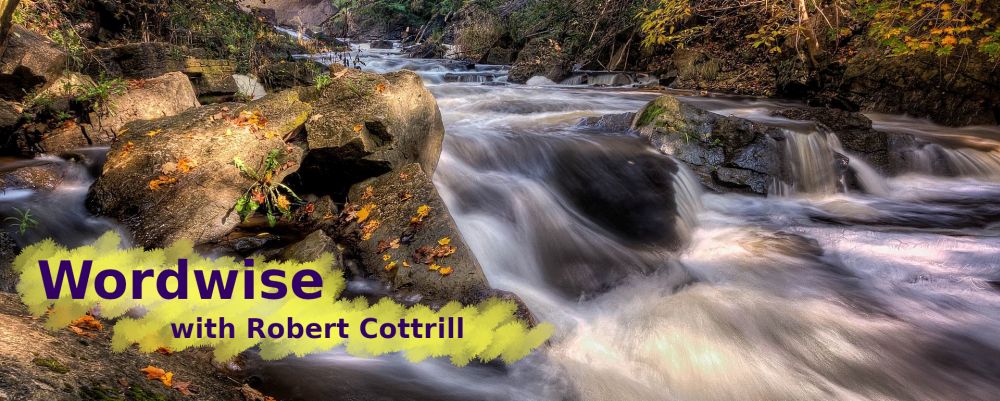The Eastern Gate
Words: Isaiah Guyman Martin (b. Apr. 18, 1862; d. Aug. 27, 1957)
Music: Isaiah Guyman Martin
Note: American evangelist I. G. Martin wrote this song in 1905. It was inspired by a conversation he had with Dr. Phineas Bresee, a founder of the Nazarene denomination. Said Dr. Bresee, “We Nazarenes have an understanding that we are to have a meeting one of these days, just inside the Eastern gate [i.e. of the heavenly city].”
(1) I will meet you in the morning,
Just inside the Eastern Gate.
Then be ready, faithful pilgrim,
Lest with you it be too late.
I will meet you, I will meet you
Just inside the Eastern Gate over there.
I will meet you, I will meet you,
I will meet you in the morning over there.
(3) Keep your lamps all trimmed and burning;
For the Bridegroom watch and wait.
He’ll be with us at the meeting
Just inside the Eastern Gate.
(Stanza numbers in brackets below refer to the stanza number in The Cyber Hymnal. Find the link at the bottom of the article.)
W hether this will actually be possible, I’m not sure. But we need some background, in order to understand the comment, and the song.
The east has always had a special significance in Judaism, pointing, as it does, to the sunrise, and the coming of a new day. The tabernacle, the nation’s centre of worship in the wilderness, was oriented so that its entrance faced east, with those who cared for the structure and worked in it camped before the entrance (Num. 3:38). The tabernacle was set up in the middle of the camp, with the tribes of Israel ranged around. Judah (from which King David came, and Jesus, his descendant after the flesh), was positioned to the east as well (Num. 2:3).
When the nation settled in Canaan, and Jerusalem was identified as its capital, the temple, Israel’s permanent worship centre, also was constructed so that the entrance was oriented to the east. In the ancient city, the temple faced what was known as the East Gate, repaired during the time of Nehemiah (Neh. 3:29). Just beyond the East Gate, was the Mount of Olives. Later, when Israel turned away from God, the glory of God departed from the temple, by way of the East Gate (Ezek. 10:18-19), and when the glory of God is finally restored to the Millennial temple, it will come by the same gate (Ezek. 43:1-5).
This relates to the second coming of Christ. In prophecy, when the Lord Jesus Christ returns to take up His earthly reign, “His feet will stand on the Mount of Olives, which faces Jerusalem on the east. And the Mount of Olives shall be split in two, from east to west, making a very large valley; half of the mountain shall move toward the north and half of it toward the south” (Zech. 14:4). Israel’s Messiah-King will apparently make His entrance into the city by the East Gate, and it will be shut up afterwards, in His honour (Ezek. 44:2).
This brings us to a brief consideration of the heavenly city, which is the subject of the song. It is known in Scripture as “the city of the living God, the heavenly Jerusalem” (Heb. 12:22), and “the holy city, New Jerusalem (Rev. 21:2). We know it will have walls and gates–the latter are mentioned a number of times (Rev. 21:12-13, 21, 25). And, when the heavenly city descends to the newly created earth (Rev. 21:1-2, 10), there to abide forever, it is described as having twelve gates, and three of them will face the east (Rev. 21:13).
Whether there will be a central “Eastern Gate” that has some special function is not clear. To that degree, the song is speculative–but not, in my view, impossible of fulfilment. Likely Dr. Bresee and his denomination did not mean to make a dogmatic pronouncement, in any case. Nor would they want to suggest that their denomination will have an exclusive place in the city. They simply seem to have rejoiced in the opportunity to meet and fellowship with one another in the eternal kingdom.
A similar idea of finding a common meeting place is suggested in Robert Lowry’s 1864 gospel song, Shall We Gather at the River (speaking of the river of life, Rev. 22:1). That is the inspiring subject of (4) in Mr. Martin’s song. And with that we all, as Christians, can agree. Our future prospect, as the saints of God, will undoubtedly include times of grand reunion!
(4) O the joys of that glad meeting
With the saints who for us wait!
What a blessèd, happy meeting
Just inside the Eastern Gate!
Questions:
- What Bible characters (other than the Lord Jesus) do you look forward to meeting and fellowshipping with in the heavenly city?
- What particular questions might you have for those you listed?
Links:
- 18 April 1863 – Isaiah Martin Born
- The Eastern Gate (The Cyber Hymnal)
- The Eastern Gate (Hymnary.org)
